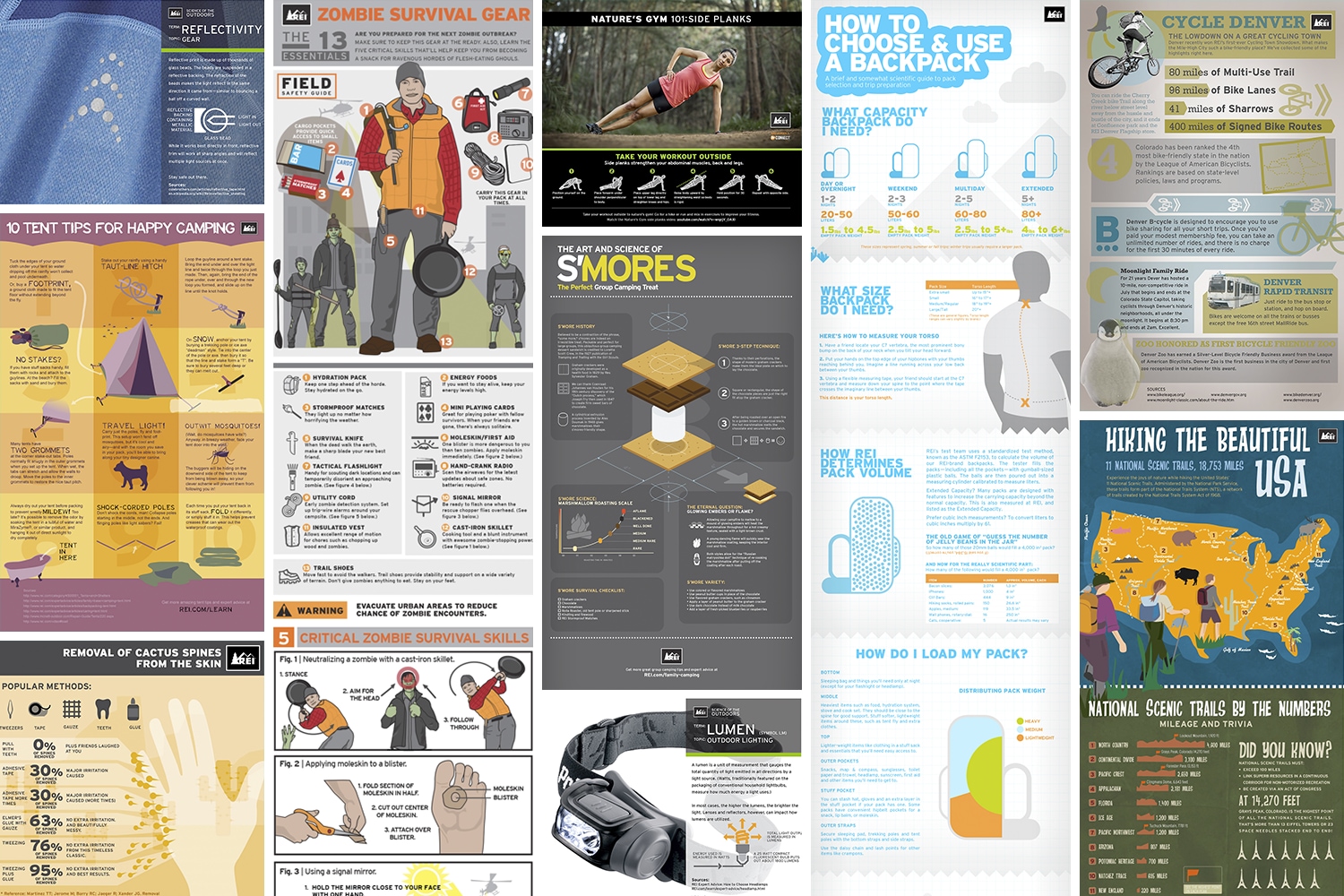The Pros And Cons Of Cotton Vs Polyester Canvas
Exactly How Structure Product Impacts Tent LongevityToughness is a non-negotiable requirement for any kind of camping tent. From premium framework materials and weather-resistant materials to secure anchoring systems and devices, every part plays a role in creating a reputable camping tent setup for your occasion or camp.
Comprehending exactly how various structure materials influence sturdiness aids you make a clever choice for your specific demands. This overview will contrast the toughness of pole and frame outdoors tents to assist you identify which option is best for your celebration.
Post Tents
Pole outdoors tents include high tops and flowing cover lines that evoke romanticism and lend themselves to typical outside weddings, vintage-themed galas, or informal tented events. These structures can be clothed with streaming drapes, chandeliers, and high end illumination to create a classy canvas for minimalist or split decoration features. Nonetheless, their style may not sustain segmented rooms or hefty rigging without additional architectural reinforcement.
The top quality of framework materials, securing systems, and accessories can dramatically affect a tent's toughness. For instance, light weight aluminum is a corrosion-resistant material that can take on ecological conditions without jeopardizing structure or boundary stability.
Selecting the right camping tent type and material for your venue's anticipated weather conditions can help in reducing maintenance expenses, repair costs, or replacement expenses with time. Appropriate installment methods additionally play a role in keeping tent stability, and regular professional examinations help area signs of deterioration prior to they cause severe damage. Additionally, including the best floor covering system can improve the stability of any kind of type of camping tent on irregular terrain.
Mount Outdoors tents
Selecting the ideal tent type for your occasion is a critical decision. Longevity in harsh weather is non-negotiable, and recognizing how both post and structure tents stay steady under stress and anxiety will assist you pick the best option for your area and occasion needs.
Unlike pole camping tents, structure tents don't depend on facility posts to provide stability. This provides you an extra unhampered interior that can be used to fit seating setups, dancing floors, or food stations without having to function around the posts. The structure also allows you to set up the camping tent on surface areas where risks crossbody bag will not be as effective, like concrete patios or courtyards.
Having a great anchoring system is important to outdoor tents durability, and it can make or break the structure's capability to stand up to wind occasions. LP Outdoors advises making use of a complete put-in to ensure the tent is protected and correctly lined up, which minimizes anxiety factors. Including added individual ropes, modular ballast systems, or support packages to your large party tent can further increase structural integrity.
Fabric
The fabric of a tent is the foundation of its structural integrity and resilience. Its tensile strength and resistance to environmental stressors influence the tent's overall performance and convenience, from water run-off and wind resistance to breathability and mold and mildew resistance.
Outdoor tents textiles are commonly woven from either all-natural or artificial fibers, and they can be layered or treated with unique surface area treatments to enhance their performance and longevity. The type of string rotated (brushed, ring-spun, core-spun), the weave, and the material's weight all effect its sturdiness and suppleness.
Sailcloth, for example, is engineered to hold up against duplicated folding, tensioning, and securing without losing strength. Camping tents made from this material are also highly breathable, lowering condensation and temperature level variations. These functions make sailcloth camping tents perfect for event rentals or lasting outdoor camping. Other fabric options, like polyester or nylon, offer an even more light-weight feel with improved waterproofing. Their lifespan relies on the sort of atmosphere they are subjected to, the maintenance regimens, and various other elements like regular cleansing and appropriate storage.
Installation
Prior to selecting a framework material for your cover camping tent, it is essential to completely comprehend the designated use and area. For instance, do you need the tent to hold up against regular or extended direct exposure to weather like wind strength, rain, snowfall, and UV rays? Do you intend to set up the tent completely or only for periodic usage?
Aluminum structure camping tents have an unique safety layer that's developed due to their all-natural oxidation buildings. The anodized layer prevents wetness, salt, and other harsh compounds from penetrating the structure and causing damages.
Steel frameworks, on the other hand, tend to have restricted form security and are harder to set up. Their heavy weight additionally restricts customization alternatives and requires making use of less expensive, light-weight materials and plastic connectors. On the other hand, timber framework tents supply superior sturdiness and an aesthetic that blends sympathetically with the surrounding environment as soon as installed. Glitzcamp uses both steel and aluminum-frame camping tents that are excellent for premium hotels, picturesque spots, social tourist towns, and villa.
